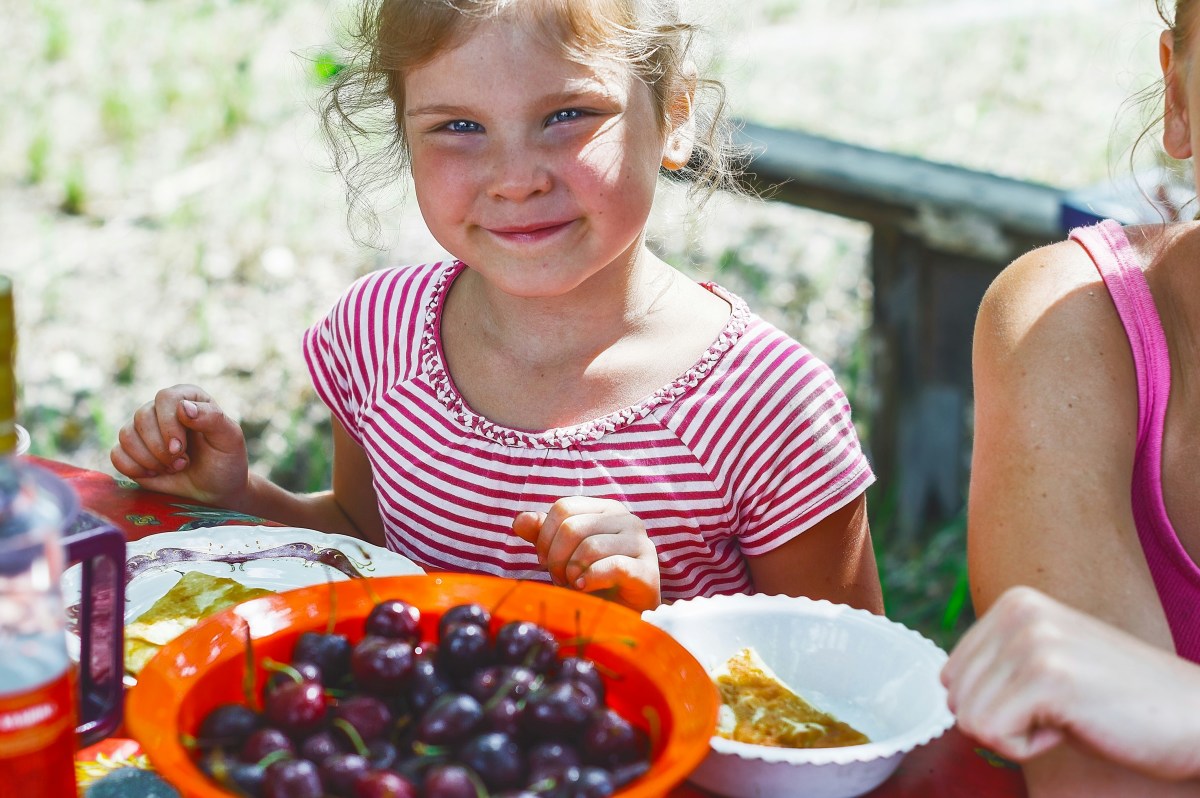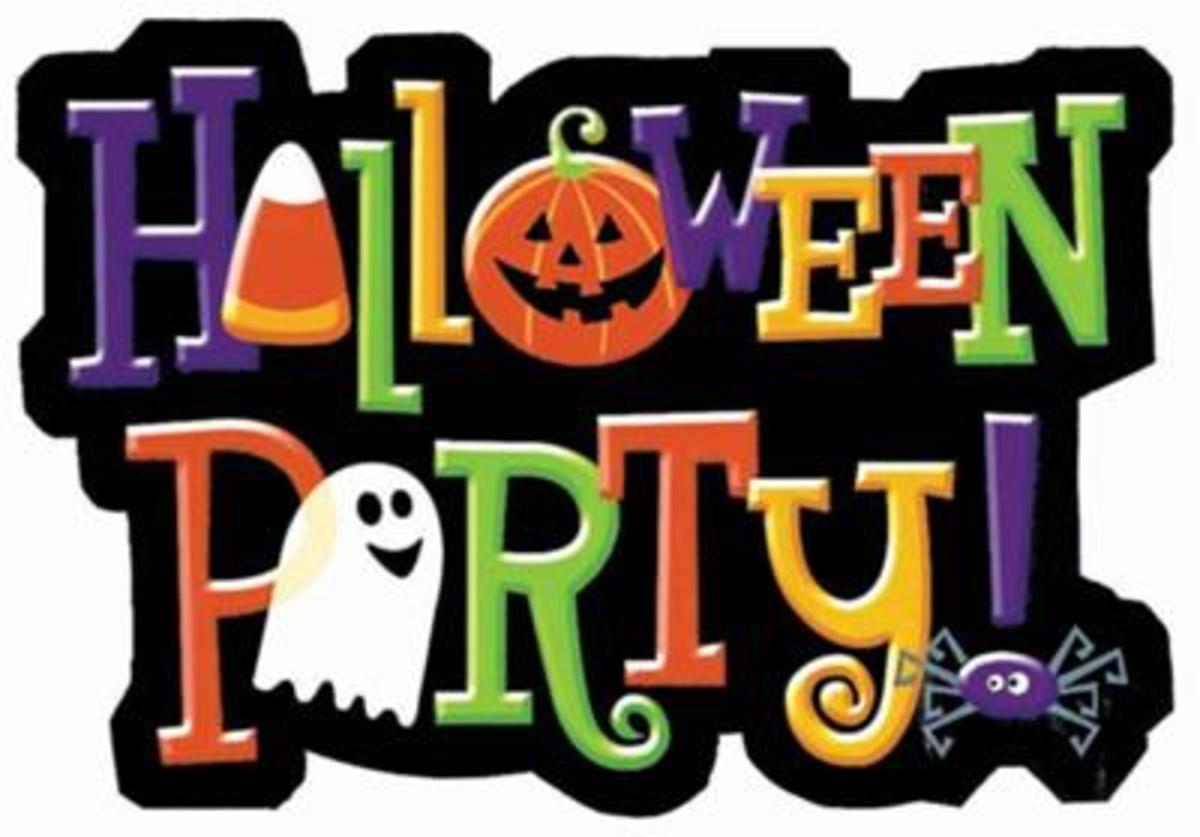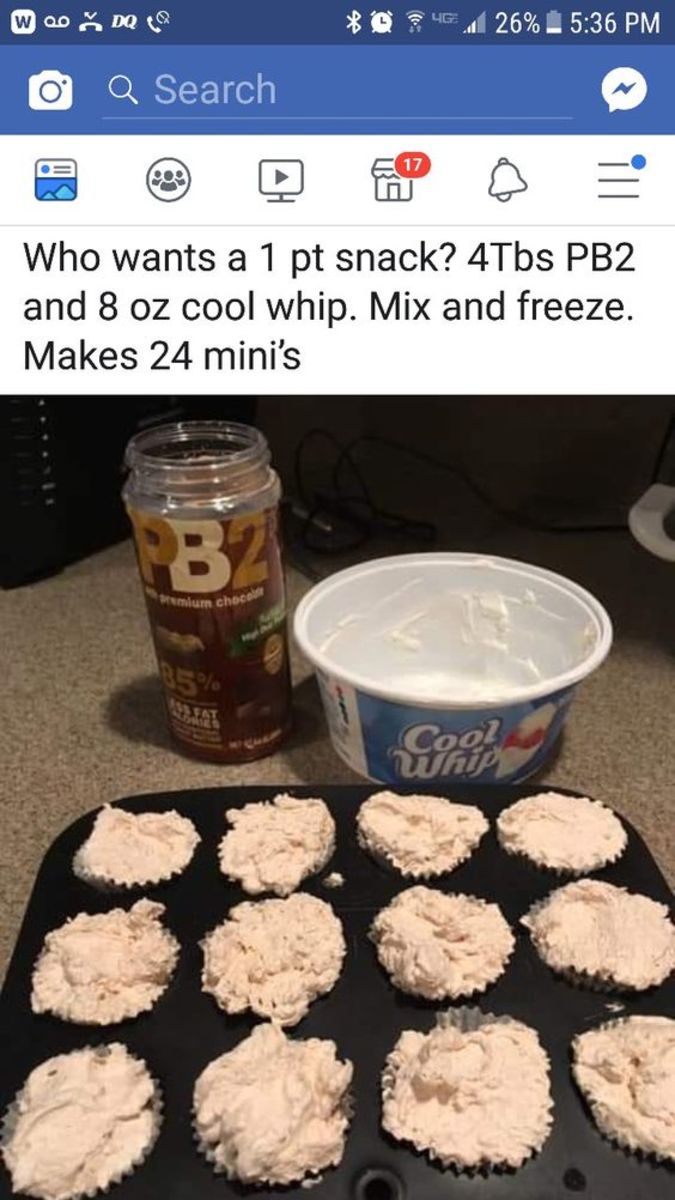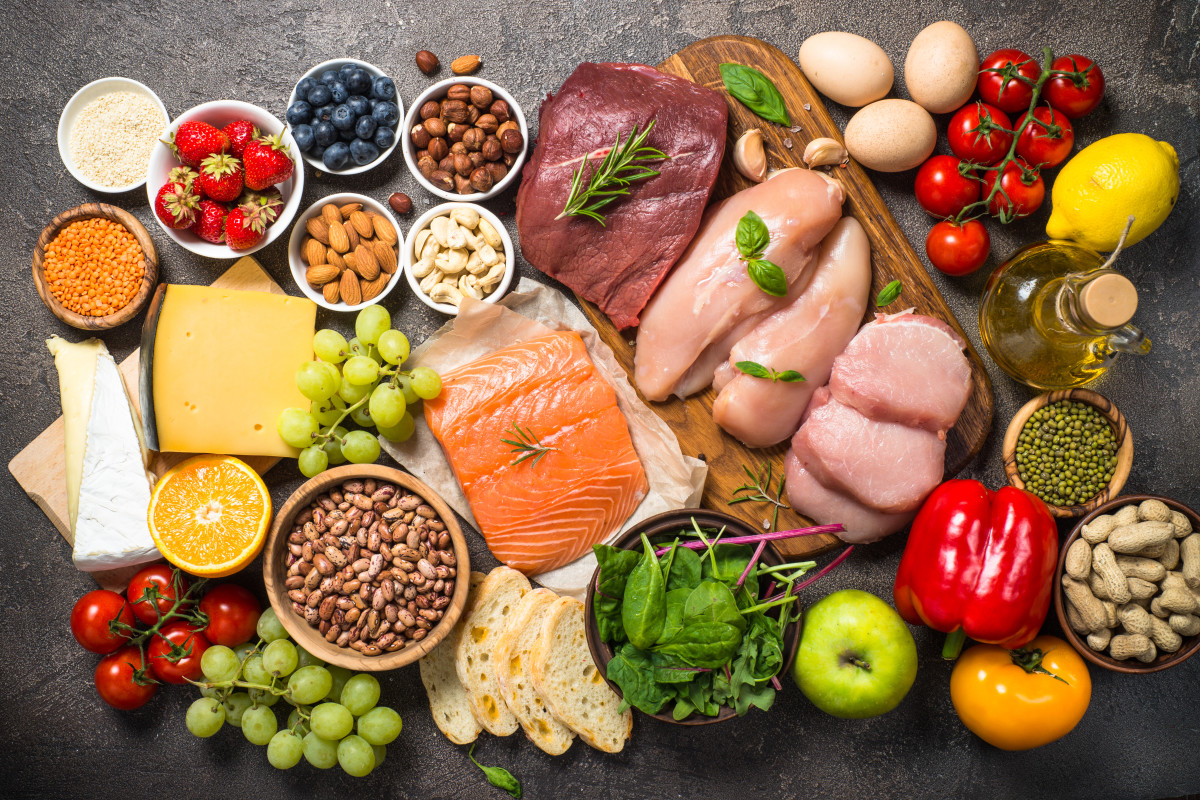Get Snacky: The Importance of Snacks in Children's Diets
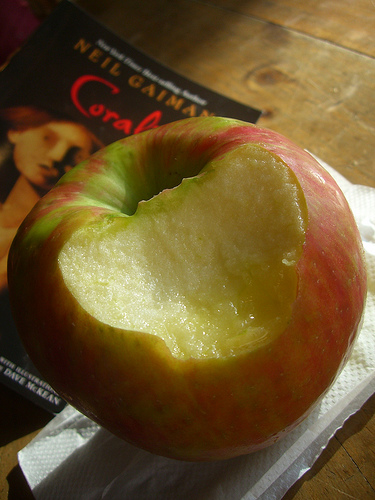
Nutritious snack picks
The clock’s hands slide toward 11:00 AM, lunchtime imminent. You wouldn’t know, though, because you are focused on whatever task is yours for the conquering. Perhaps you’re corralling the attention of twenty or thirty high school students toward the literary mastery of Yeats, or working a cash register at the mall as the midday traffic starts to flow. You’re on the phone in the midst of a conference call that spans three states, maybe, or hammering out copy on your computer. You are, in a word, focused. There is a job to complete, and you are getting it done. You are capable, strong, and --
Hungry. The midday meal is not that far off, but seemingly out of nowhere your belly begins to beg for attention. At best you become distracted, and at worst you feel weak. Your stomach may complain with embarrassingly loud squeals. Lunchtime cannot come soon enough. You wish for a snack as noontime suddenly seems as hazy and unreachable as a mirage hovering above a desert’s sand.
Hunger can be a pesky thing. It often strikes at inopportune time and in spite of a nourishing breakfast. However, in-between meal munchies are not bad. Instead, our bodies are communicating that fuel is needed in order to continue at optimum performance. A small snack is a morning staple for me. Without it my body’s blood sugar drops and I feel lethargic, sometimes dizzy, and always cranky.
And I’m an adult. Children, whose bodies are growing, need more energy than we grown-ups, including in the form of regular healthy snacks. I have worked in elementary schools in a variety of positions for a number of years, and I am shocked at how many children go without food from breakfast until lunch. When that breakfast is only a toaster pastry or a bowl of sugary cereal, kids’ bodies are left without a source of energy. Their teachers, in turn, must then attempt to educate in the midst of a late morning surge in lowered performance, higher levels of distraction, and a whole lot of grumpiness in their students. It is not surprising that quality learning does not happen in such an atmosphere.
Team Up With Teachers
But what’s a parent to do? Once our kids are at school, there’s nothing we can do to help them . . . right?
In a word, no. At school, at aftercare, or at home -- they’re still our children, and we are still their parents, with a responsibility to act in their best interests at all times. If you would like your child to partake of a snack in a classroom without a regular snack time, talk to your child’s teacher. With a little polite communication a great deal can be accomplished.
For example, this year I worked with a student in one of my small groups that focused on math review and skill boosting. Our little group met at 10:30 AM, and this particular student always accompanied his entrance to my room with the announcement that he was hungry. At first I thought his behavior was simply attention-seeking, but then I got to thinking -- maybe he really was hungry. After all, I would have just finished eating my own mid-morning snack by the time the math group arrived. Why wouldn’t this boy be feeling hungry, too?
So I contacted his mom and informed her of the situation and my thoughts. Since I was not the boy’s regular classroom teacher but a specialist I had no control over what he could eat during the day. However, via a handful of emails the mother, the classroom teacher, and myself came to the agreement that this student could eat a small snack during the short morning recess at 10:00 AM. His mother sent in a selection of nutritious snacks, which we stored in my classroom for her son to take as needed. He never complained of being hungry in my class again.
Easy Packers
Once you arrange for your child to have a healthy morning snack, there are a number of easily-packed items you might like to send. I recommend foods that are small in size but nutritionally dense. This enables kids to eat fast, eat clean, yet get a big brain power and body power boost from the food.
Raw, roasted, or lightly salted nuts are wonderful. A handful of almonds can go a long way and delivers protein and healthy fats that kids need as they grow. If peanuts are allowed in your child’s school, those are a great option as well. Dried fruit, Stretch Island Fruit Company fruit leathers, or even a bagged handful of mixed dried fruit and nuts can go a long way.
The mother of the student I mentioned earlier sent in an array of granola bars for her son to snack on. However, “granola” is an easy word to get tripped up by. Not all granola cereals or bars are created equal. Many are loaded with high fructose corn syrup and unhealthy fats. These do not a good snack make. However, there are plenty of more nutritious bars that are made with whole grains, naturally occurring sugars like honey (in moderate amounts), and some that include nuts. Some of my favorites include Kashi TLC fruit and grain bars (which come in ridiculously decadent flavors, like dark chocolate coconut), the organic Clif Kid Zbar line (especially the chocolate brownie variety!), and Fiber One bars, which contain 35% of the recommended daily value of fiber.
Sticky Fingers
If your child is feeling peckish at home, you can have fun creating snacks that don’t have to be quite as clean and transportable as school-bound foods. Try apple slices with a dollop of peanut butter (try to use no more than the recommended serving size of two tablespoons, which you may find is actually a little much). Carrots sticks and peanut butter are great too, as are celery sticks filled with peanut butter and topped with raisins to make “ants on a log.” In fact, try peanut butter with just about anything -- half a banana, as a filling for a sliced dried date, mixed into Greek yogurt, or in a smoothie. I can’t remember any peanut butter combination that I didn’t like.
Healthy home snacks don’t need to incorporate peanut butter, of course. A glass of milk delivers calcium and protein, and you can mix in a teaspoon or two of cocoa powder if your child needs a little convincing. A whole banana gives potassium and staying power, as does a half of an avocado smashed with yogurt or salsa and eaten with a handful of tortilla chips or simply a spoon. Try sneaking some fresh produce in at snack time in the form of fruit-topped yogurt, cottage cheese with pineapple or mixed with canned pumpkin, or simply a whole fruit like a pear or plum, depending on what’s in season. I really enjoy a mini-plate of hummus and various sliced fruits and veggies for my snacks, and whipped cream cheese with pretty much anything never misses.
There are a myriad of nutritious snack options to tide your child -- and yourself -- over from breakfast until lunch. The key is to make it small and make it count. A sugary treat, although tasty, will simply cause your body to crash soon after said cookie or donut hit your stomach. Go for choices that taste good and deliver nutrition in the form of lean protein (milk, yogurt, cottage cheese), good fats (nuts, avocados, certain oils), and complex carbohydrates (whole grains). “Healthy” and “delicious” are not mutually exclusive, and snack time can be a great opportunity for you and your children to experiment in creating fun but fueling foods.
Healthy snacks for kids on the web
- Let Them Eat Hummus: 5 Healthy Recipes
These five simple, healthy, and unique hummus recipes do not disappoint -- plus, they make for great snacking. - Healthy Snacks for Kids on the Go
Snacking can actually be good for your child, according to this WebMD.com article. - Stretch Island Fruit Company: Two Product Reviews
Stretch Island Fruit Company produces wonderful all-natural fruit snacks that kids love.


